Story by Alessandro Gerelli and Staff
As a member of the group who walked out of Maranello during the great Palace Revolt in November of 1961, Carlo Chiti left Ferrari for good. “I shut the door behind me, forever!” he said.
Obviously a chief engineer like Chiti would never end up on the dole, so it was merely a matter of time before he would find employment. “It was said that the real reason for my leaving [Ferrari] was connected to the birth of ATS [Automobili Turismo e Sport]. This is not true. When I left Ferrari I had no idea what the future had in store for me.”
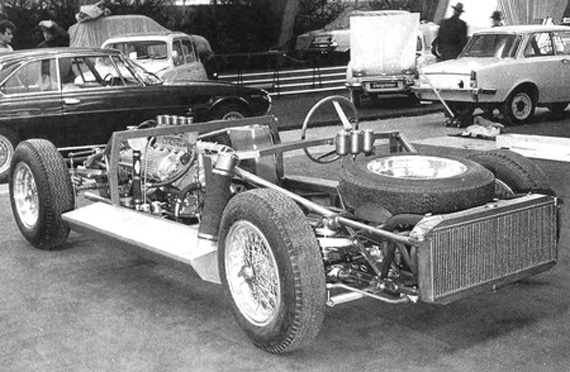
Bare chassis at Paris. The lattice/space frame construction was extremely rigid. Photo by and courtesy of Graham Gauld.
ATS was created by Italian and Bolivian industrialists, as well as the Conte Volpi di Misurata of the Italian well known Scuderia Serenissima. At first, there was money to burn. Placing the new factory near the Pontecchio Marconi, a depressed area south of Bologna, the team hoped that the Government would soon subsidize the effort. The road was named Via Pila, Battery Way– and according to Griff Borgeson, “…everything crackles with allusions to Guglielmo Marconi, whose tomb and shrine is only a couple of ampere-minutes away.” ATS hired on Phil Hill, Giancarlo Baghetti, Romolo Tavoni and the star of the operation, Carlo Chiti. According to Baghetti, both he and Hill joined ATS “precisely because of Chiti’s expansive personality.” The firm planned to build an F1 car, a road going mid engined GT car, and a race ready GT called the GTS.
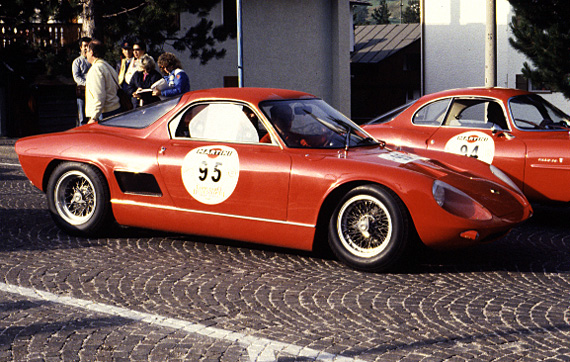
An ATS 2500GTS, during the Coppa d’ Oro delle Dolomiti for historical cars in 1987. Photo Alessandro Gerelli.
Chiti arrived in ATS and in a very short time was able to design and produce a nice formula one car with a new 90 degree V8 engine, making sure that the design was much different than the 60 degree V6 he had already designed for Ferrari. Chiti told Graham Gauld (writing in his book Modena Racing Memories ) that “…it took five months to design and build the first prototype.” The GT car would boast a 2.5 liter variant of the F1 engine. According to Gauld Chiti stayed under 3 liters because he didn’t want to compete directly with Ferrari in that class.
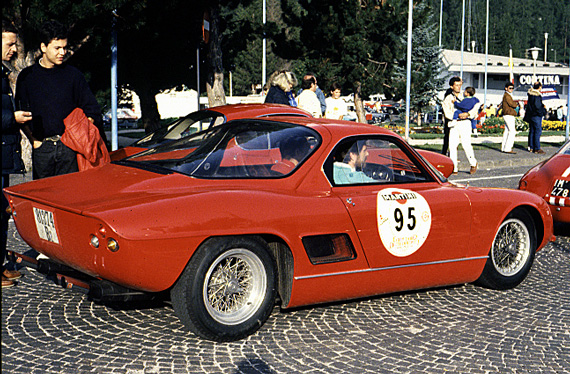
Through the rear window one could gaze at the V8 engine of the ATS and preceded the 360 Ferrari idea for same by some thirty years. Photo Alessandro Gerelli.
If the team’s first season in Formula 1 was while not the success many had hoped for, it was a bad run, either. In 1963 ATS entered nine races, did not start in three and finished only once, when Hill took 11th and Baghetti came in 15th at Monza.
ATS in fact had a great future. But the money simply dried up, and did so very quickly for a variety of reasons. By May of 1964, when Griff Borgeson visited the factory, there was still hope, all of it now centered around the 2500GT.
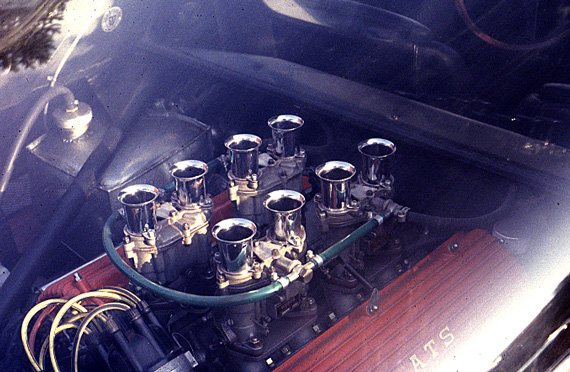
But instead of fuel injection of the 360 Ferrari, the ATS engine had four Webers which could be seen through the rear window. Photo Alessandro Gerelli.
The ATS 2500 GT (the racing version was the ATS 2500 GTS) was presented at 1963 Geneva Motor Show. If not radical it was certainly more advanced that most Gran Turismos of the era. The engine was mounted longitudinally just behind the driver’s back, there was a very rigid tubular frame, independent suspension and rear inboard disc brakes.
The engine had a capacity of 2.5 liters; the GT sported two 42mm Webers, the GTS four 42 mm Webers. The GT was rated at about 210 bhp and 250 bhp for the GTS. A ZF five speed transmission was available on the street car, and a Colotti designed crash box was fitted to the GTS.
In May, Borgeson had been lucky enough to get a ride and a quick drive in a GTS which was shortly to be shipped to Bill Mitchell, head of GM;s styling department. Borgeson’s report appeared in the September 1964 issue of Road & Track.
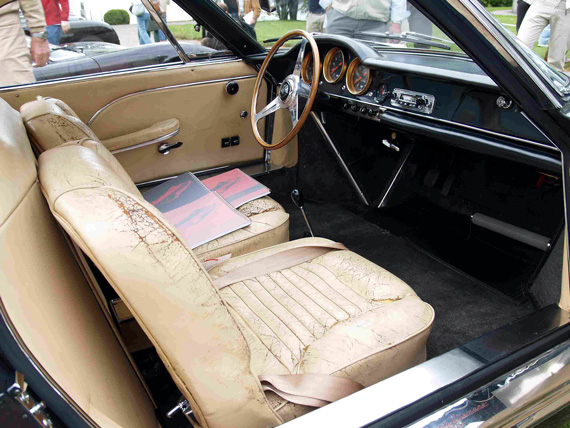
McGough’s car has the original leather upholstery which shows its age of forty five years. Photo Alessandro Gerelli.
Teodoro Zeccoli took Borgeson on an electrifying ride down Via Pila and the outskirts of Bologna. “Zeccoli turned in a performance of dazzling skill and virtuosity. Thank to that and to the absolute perfection of the car’s performance in every way, I have never felt safer in a car at high speed nor have I been more impressed.”
The body, designed by the great Franco Scaglione and built by Allemano was very aerodynamic. The car was very light: 810 kilos for the road version and only 750 for the GTS. The top speed was of 240 km/h and 250 km/h respectively.
The ATS 2500 GTS appeared in a few endurance races: the debut was in the Targa Florio of 1964 with Baghetti and Frescobaldi and a second car with Zeccoli and Gardi. Plans to enter the car for the 24 Hours of Le Mans were scrapped as the car did not reach the circuit because of custom problems at the border.
It was also entered in the 12 Hours of Reims with Zeccoli / Cabral, but did not start.
In 1965 there were a few non-official entrances in endurance and hill climb races, without significant results.
The production was very limited: only 16 chassis were built. The number of the cars really produced and delivered was even less. The production stopped in 1964.
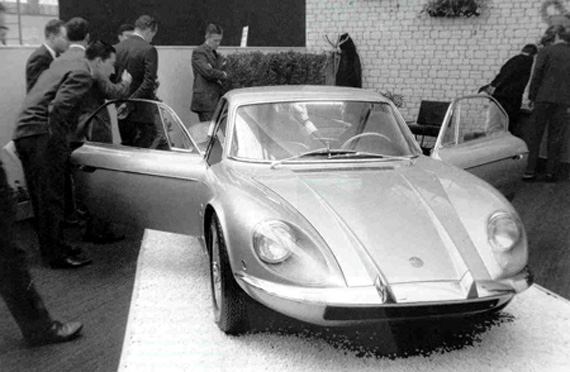
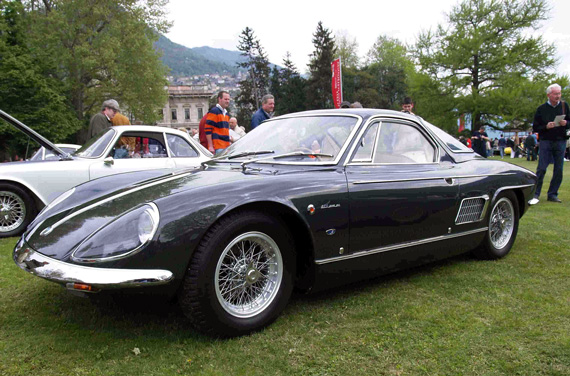
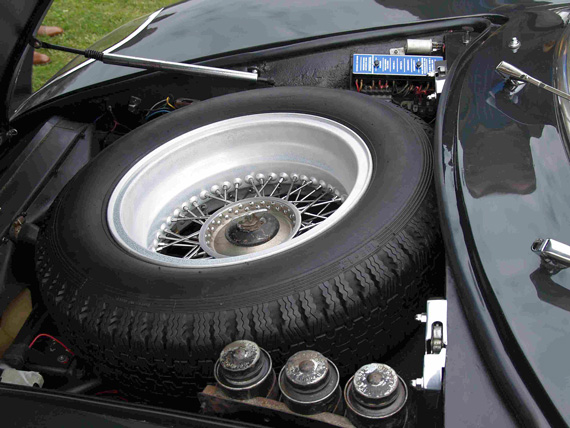
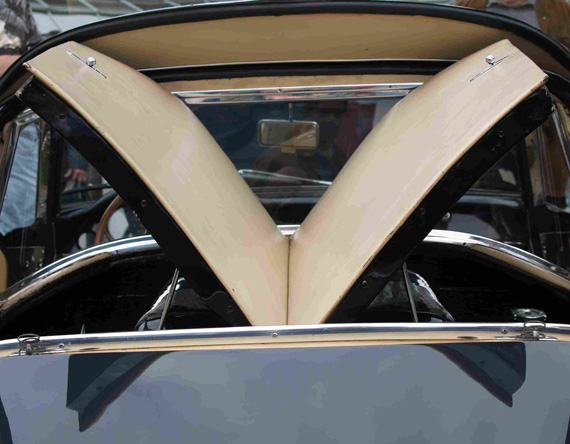
Dear Sirs,
Thank you for your magnificent magazine and the beautiful photos. The article on the ATS 2500 GT was very welcome as this has been my favourite GT since I was in high school in 1963.
As a collector and builder of 1:43rd scale model cars I have recently ordered ABC Brianza’s kit of the ATS 2500 GTS. The handbuilt version has possibly been discontinued by now, but was pricey (200Euros plus)!
Thank you as well for including French cars despite the criticism. I love the giant-killing Alpine Renault A110.
How about articles on Talbot Lago, particularly the one-off coupe that raced at Le Mans circa 1949/51? Also the various body styles on the Maserati 5000 GT. Another favourite of mine is the 1967 Renault Gordini 1300 which seems to have had a more successful career in saloon car racing in South Africa than anywhere else (except France?)
Kind regards,
John Rabe – Johannesburg
hello,
nice website you made. i think this has been one of the fastest productioncars at that time compared to englisch and german sportscar. At least one of the most beautiful small sportscar! especilly the chrome details… What i asked myself is how the acceleration from 0-100 km is, because i didnt find one article about it. It is a very light car indeed .is it 6,7 or 8 second?
Daniel, from France. Answer to Robert : ATS 2500 GT and GTS have never been tested. But a good estimation can be made comparing with cars of this period. For the GT : standing start quarter mile = 14″5 , ss km = 26″ ; for the GTS : ss quarter mile = 13″5 , ss. km = 24″5 . I only find for the GT 0 to 100 kmh in 5″6 (factory figure ?).